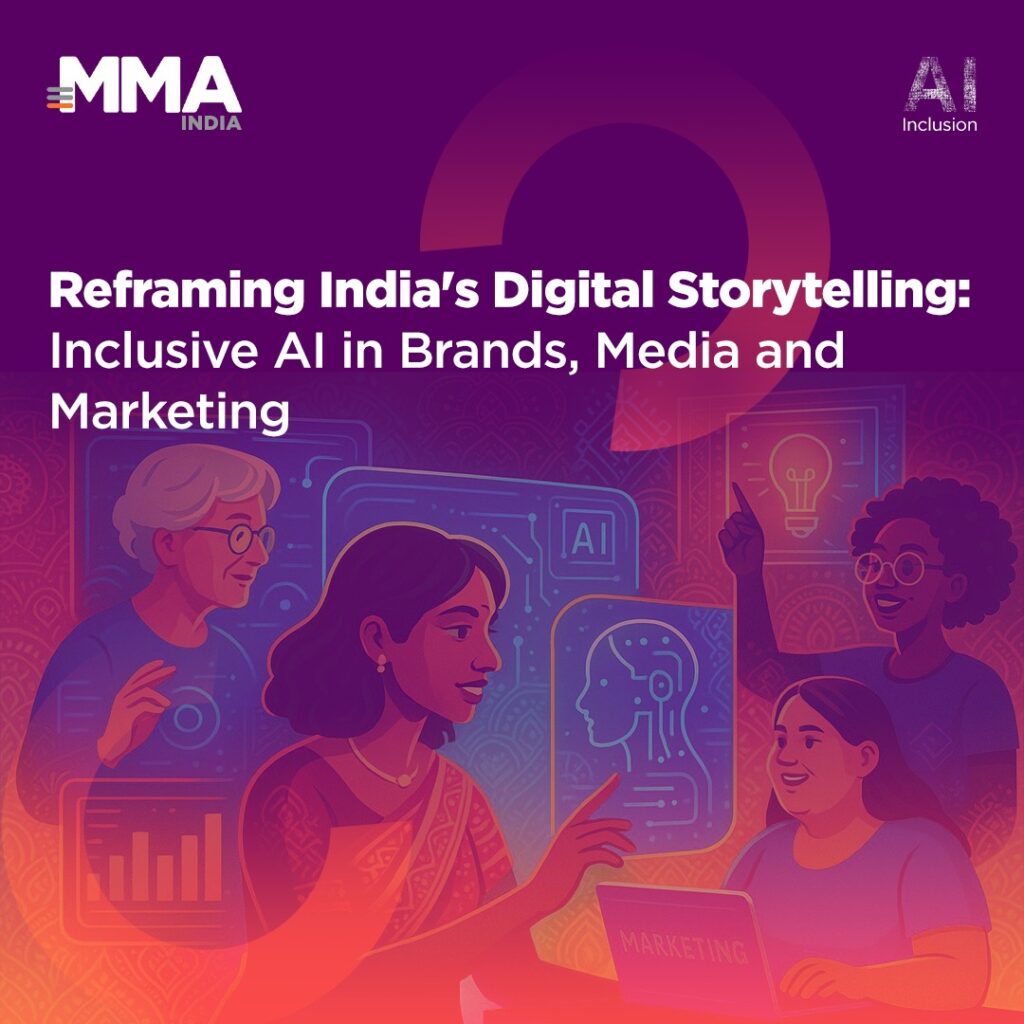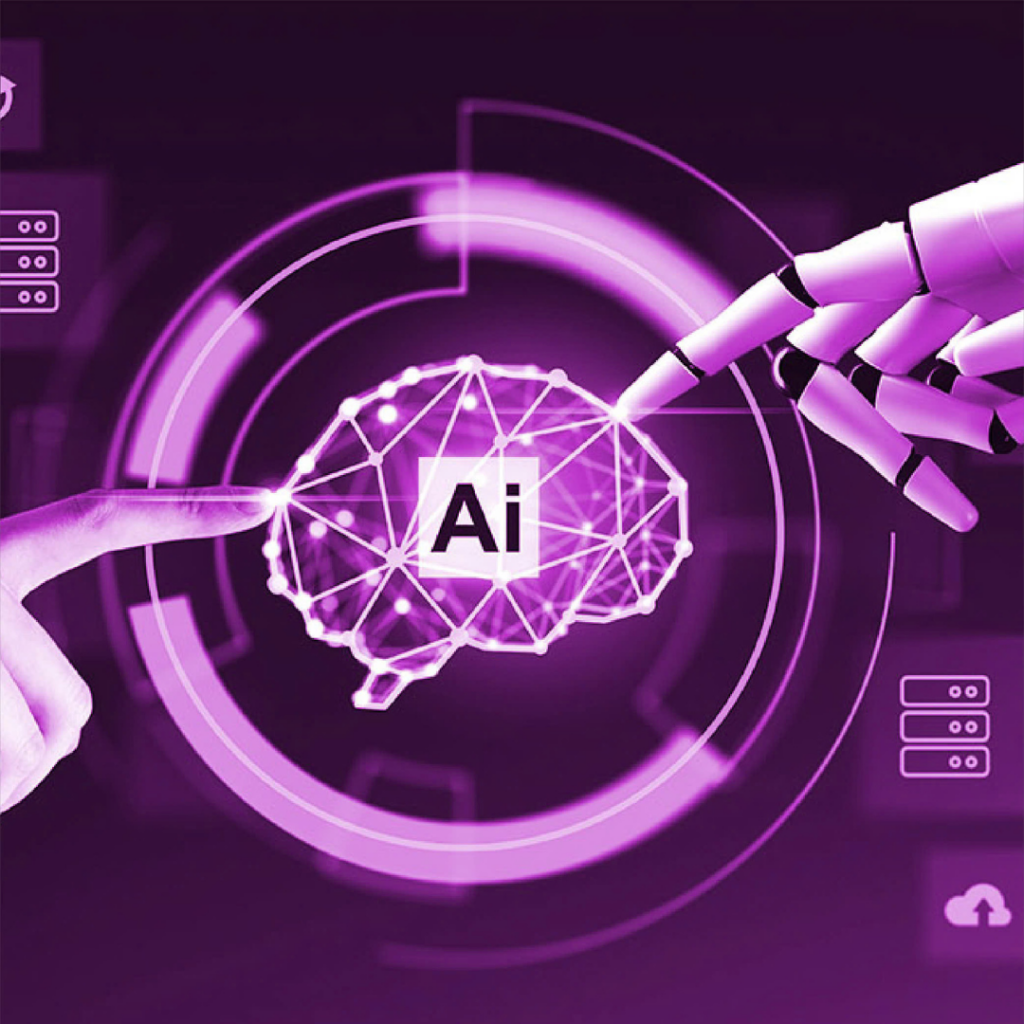
In 2024, artificial intelligence (AI) solidified its role as a transformative force in marketing. From hyper-personalized campaigns to advanced analytics, AI has allowed businesses to scale their efforts, achieve higher ROI, and connect with customers in meaningful ways. By automating repetitive tasks and leveraging insights from vast data pools, brands are not just meeting expectations but setting new industry benchmarks.
This blog explores the most impactful AI-powered marketing strategies that drove growth in 2024, with real-world examples showcasing their effectiveness.
1. Personalized Customer Experiences
The foundation of successful marketing lies in personalization, and AI has made it possible to deliver tailored experiences at an unprecedented scale. By analyzing purchase history, browsing behavior, and contextual data, businesses are transforming generic interactions into meaningful connections.
Case Study: Starbucks’ AI-Driven Personalization
Starbucks has harnessed AI to elevate customer engagement through its mobile app. By analyzing customer purchase patterns and preferences, the app delivers customized recommendations and offers. This personalization extends to location-based notifications, such as suggesting favorite beverages near frequently visited stores. As a result, Starbucks reported a 20% increase in customer spending and a 25% rise in retention rates in 2024.
This approach demonstrates how businesses can build emotional resonance and trust, reinforcing brand loyalty in a highly competitive market.
2. Predictive Analytics for Targeted Marketing
Predictive analytics, powered by machine learning, allows marketers to forecast consumer behavior, identify emerging trends, and allocate resources more effectively. By anticipating what customers want, businesses can craft campaigns that hit the mark with precision.
Case Study: Netflix’s Content Recommendations
Netflix’s recommendation engine analyzes user viewing patterns to suggest personalized content, creating a highly engaging experience. By predicting customer preferences, Netflix ensures users remain invested in its platform. This strategy has increased engagement by 75% and reduced churn by 20%.
Source: DigitalDefynd Case Studies
Predictive analytics goes beyond just improving engagement; it empowers businesses to stay agile, responding to shifts in consumer behavior before competitors even notice.
3. AI-Powered Chatbots and Customer Service
AI-powered chatbots have redefined customer service, combining speed, accuracy, and availability. These bots handle a wide range of interactions, from answering FAQs to offering product recommendations, leaving human agents to focus on more complex tasks.
Case Study: Sephora’s Virtual Assistant
Sephora uses an AI-powered chatbot to guide customers through product discovery and decision-making. Whether it’s booking in-store makeup sessions or offering skincare advice, the chatbot is available 24/7, seamlessly integrating online and offline customer experiences. This innovation has led to a 30% increase in customer engagement and a 15% rise in online sales in 2024.
Source: Mosaikx Blog
By handling high volumes of inquiries, chatbots not only enhance customer satisfaction but also reduce operational costs, making them a win-win for businesses.
4. AI-Enhanced Content Creation
Creating relevant, high-quality content consistently is a significant challenge for marketers. AI-powered tools now streamline content creation, ensuring that brands can maintain a consistent voice while catering to diverse audience segments.
Case Study: The Washington Post’s AI Journalist, Heliograf
The Washington Post has been a pioneer in AI-driven content creation. Using Heliograf, the newsroom generates automated articles on topics like sports results and election updates. This capability allows the publication to cover events at a scale previously impossible, boosting its publishing capacity by 70% and increasing reader engagement by 50%.
Source: DigitalDefynd Case Studies
For businesses, AI-enhanced content creation reduces dependency on human writers while ensuring output remains consistent, timely, and engaging.
5. Dynamic Pricing Strategies
AI-powered dynamic pricing adjusts prices in real-time based on demand, competition, and other variables. This approach helps businesses optimize profitability without alienating customers.
Case Study: Uber’s Surge Pricing
Uber’s AI-driven pricing algorithm monitors ride demand and adjusts fares dynamically to balance supply and demand. This strategy ensures drivers remain incentivized during peak hours, leading to a 30% increase in driver availability and a 10% revenue boost during high-demand periods.
Source: DigitalDefynd Case Studies
Dynamic pricing exemplifies how AI can balance consumer satisfaction with business goals, providing a transparent and effective solution for market fluctuations.
6. Enhanced Ad Targeting
AI has revolutionized ad targeting by processing massive datasets to identify patterns and preferences. By delivering the right message to the right audience at the right time, brands maximize ad performance while minimizing waste.
Case Study: Coca-Cola’s AI-Driven Ad Campaign
Coca-Cola used AI to create hyper-targeted ads by analyzing user interactions on social media. These insights informed creative strategies, resulting in ads that resonated deeply with consumers. The campaign saw a 35% increase in engagement and a 20% rise in sales during its run.
Source: Mosaikx Blog
AI’s ability to refine audience segmentation ensures every dollar spent on advertising delivers measurable value.
7. AI-Driven Email Marketing
AI enhances email marketing by optimizing content, timing, and delivery, ensuring campaigns achieve maximum impact. Marketers can now personalize subject lines, predict open rates, and analyze campaign performance more effectively.
Case Study: Amazon’s Personalized Email Campaigns
Amazon’s AI-powered email marketing tailors recommendations based on users’ browsing and purchase history. By crafting emails that align with individual preferences, Amazon achieved a 25% increase in open rates and a 15% boost in click-through rates in 2024.
Source: DigitalDefynd Case Studies
This level of personalization ensures that customers not only open emails but also take meaningful action, driving conversions.
8. Social Media Monitoring and Sentiment Analysis
AI tools monitor social media platforms to gauge public sentiment, helping brands understand how consumers perceive their products and campaigns. This real-time feedback enables proactive responses to emerging trends and potential crises.
Case Study: Nike’s Social Listening Strategy
Nike employs AI-driven sentiment analysis to track customer conversations on social media. By identifying trends and addressing concerns quickly, Nike improved customer satisfaction scores by 40% in 2024.
Source: DigitalDefynd Case Studies
AI-powered sentiment analysis empowers brands to maintain a positive image while adapting their messaging to consumer needs.
2024 has been a milestone year for AI in marketing, with strategies like personalized experiences, predictive analytics, and dynamic pricing driving significant business growth. As AI continues to evolve, it offers unparalleled opportunities for brands to innovate, connect, and scale.
For businesses, the question isn’t whether to adopt AI but how to integrate it effectively into their marketing strategies. Those who embrace these innovations are poised to lead in an increasingly competitive landscape.
Are you ready to redefine your marketing strategies with AI? The tools to transform your business growth are at your fingertips.



















